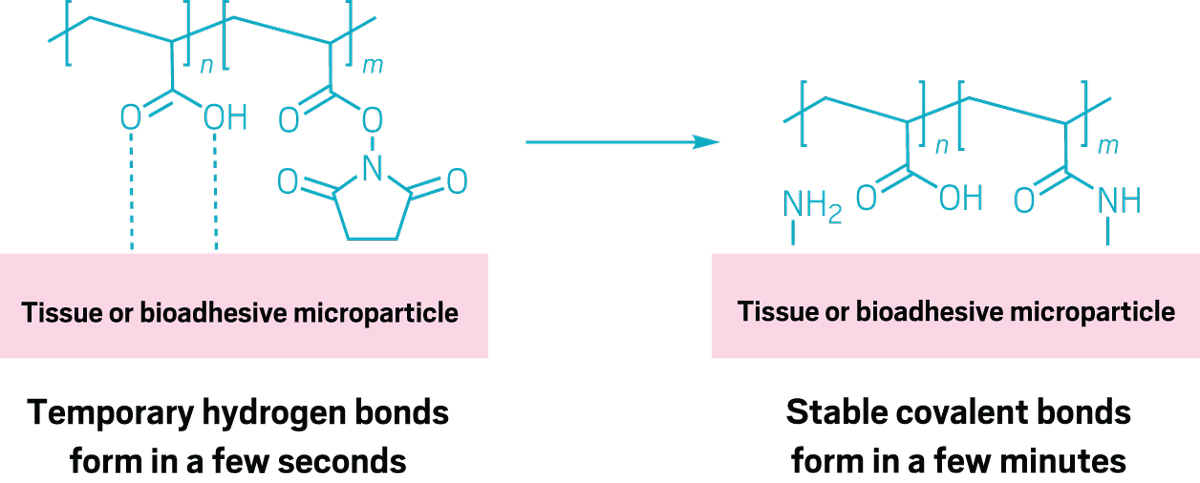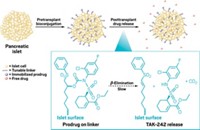Advertisement
Grab your lab coat. Let's get started
Welcome!
Welcome!
Create an account below to get 6 C&EN articles per month, receive newsletters and more - all free.
It seems this is your first time logging in online. Please enter the following information to continue.
As an ACS member you automatically get access to this site. All we need is few more details to create your reading experience.
Not you? Sign in with a different account.
Not you? Sign in with a different account.
ERROR 1
ERROR 1
ERROR 2
ERROR 2
ERROR 2
ERROR 2
ERROR 2
Password and Confirm password must match.
If you have an ACS member number, please enter it here so we can link this account to your membership. (optional)
ERROR 2
ACS values your privacy. By submitting your information, you are gaining access to C&EN and subscribing to our weekly newsletter. We use the information you provide to make your reading experience better, and we will never sell your data to third party members.
Materials
ACS Meeting News: Hydrogel burn dressing promises painless removal
by Bethany Halford
August 22, 2016

When doctors need to change the dressing on a severe second degree burn, they often have to pull off the bandage and scrape the wound to remove any dead tissue. Because the nerves are still active in second degree burns, removing the bandage can be so painful that children who are burn victims are often anesthetized to make the dressing changes less traumatic.
Boston University chemistry professor Mark W. Grinstaff heard about this problem and reasoned he could come up with a better bandage. At the American Chemical Society national meeting in Philadelphia yesterday, Grinstaff presented a gel-like dressing material that dissolves on demand with the simple addition of a thiol.
The branched polymer hydrogel dressing is made from lysine-based dendrons and polyethylene glycol-based crosslinkers that contain thioester linkages. To make the hydrogel dissolve on demand, Grinstaff and colleagues simply spray on a solution of cysteine methyl ester, a thiol that breaks down the crosslinked material by severing the thioester linkages.
The team, which included Marlena D. Konieczynska, of Boston University, and Juan C. Villa-Camacho, of Beth Israel Deaconess Medical Center, tested the hydrogel dressing on rats with second-degree burns. At a talk in the Division of Polymer Chemistry, Konieczynska reported that not only did the bandages seal the rats’ wounds, they also kept out bacteria that the researchers applied on top of the infected area. This is important, Grinstaff told C&EN, because infections are a major cause of death in burn patients (Angew. Chem. Int. Ed. 2016, DOI: 10.1002/anie.201604827).
“I treat a lot of painful wounds, and it would be nice to put something on them that makes patients more comfortable and isn’t uncomfortable to remove,” said Robert Sheridan, medical director of the burn unit at Shriner’s Hospitals for Children, Boston. “If this dressing works as envisioned, it would definitely have a place in the toolbox.”
Grinstaff hopes to test the hydrogel burn dressings in patients within the next 12 to 18 months. He has started a company, called Dendricare, to develop the dressings.
Related stories:
Light-activated hydrogel might one day repair degraded cartilage in arthritic joints





Join the conversation
Contact the reporter
Submit a Letter to the Editor for publication
Engage with us on Twitter